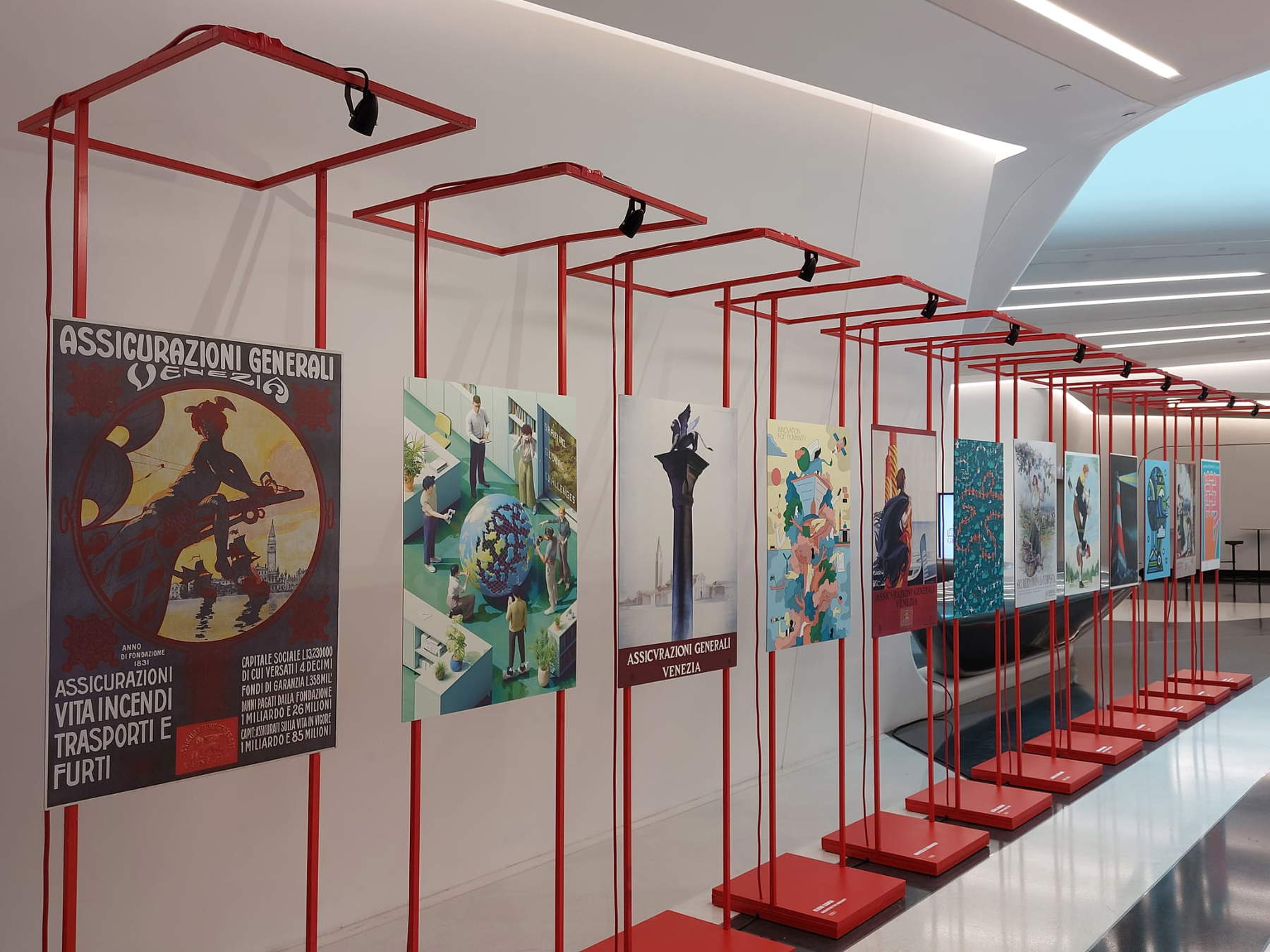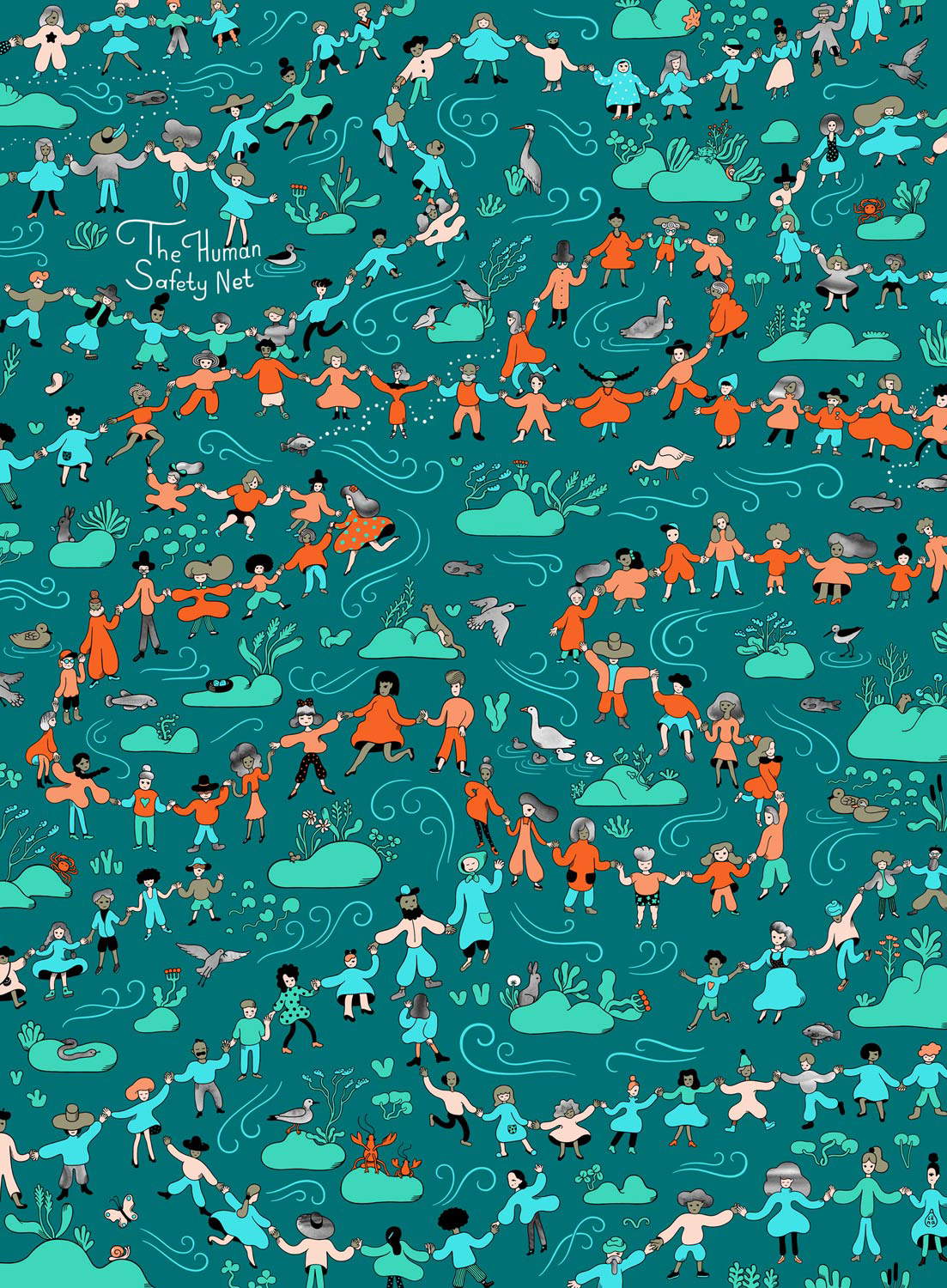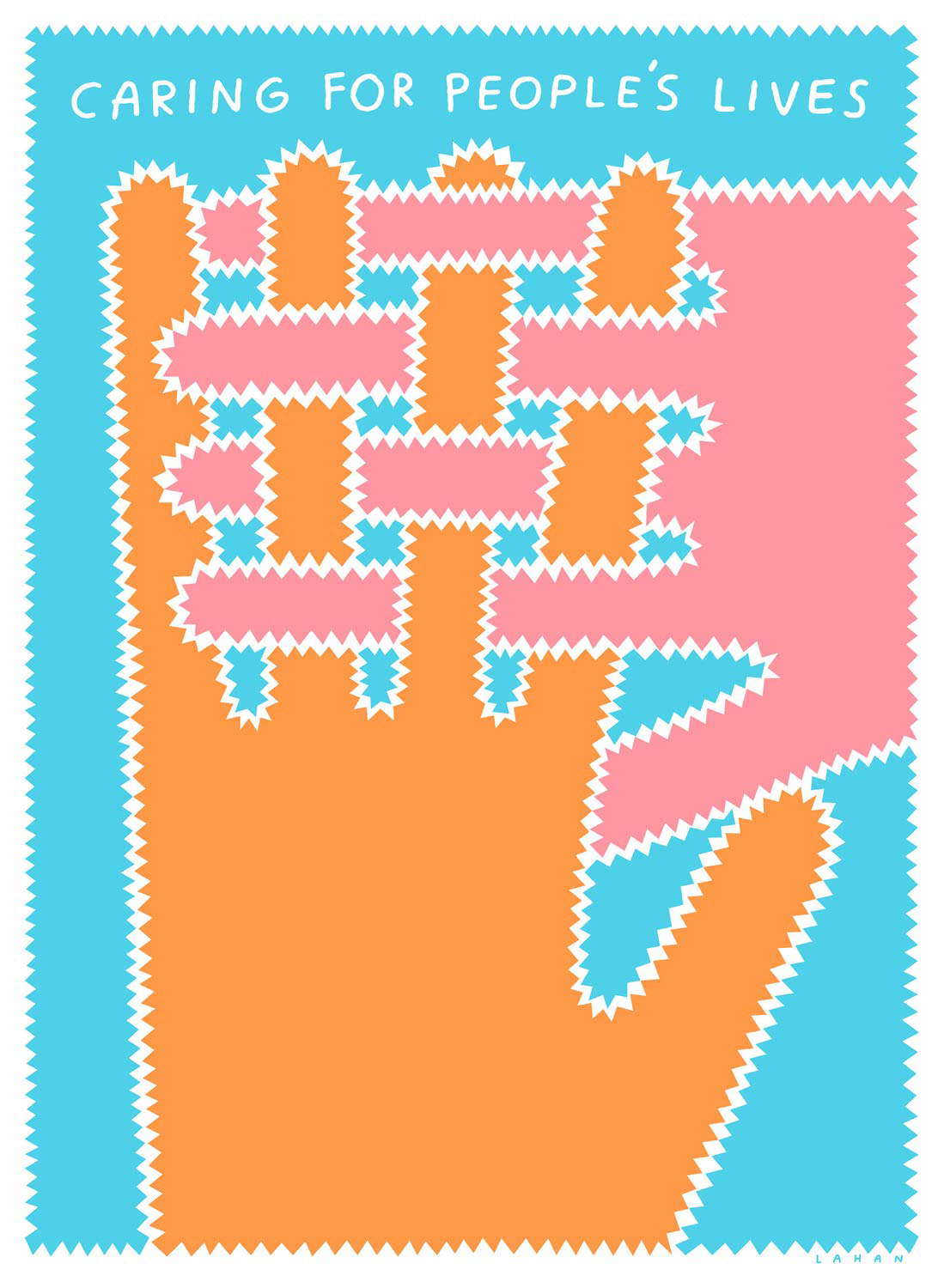Generali was founded on December 26, 1831, in Trieste, a city that was the starting point of a growing and very rapid expansion throughout Italy. Perhaps not everyone knows that the name that designates the company today takes its cue from the Hapsburg-era consolidation of a solid presence in many markets and in all branches of insurance, made possible by the strong commercial inclination of Trieste and Venice. On December 26, 2021, Generali blew out 190 candles, and that original ambition continues to be more alive than ever. To celebrate the anniversary, the company launched a busy season of initiatives and events in December last year. The occasion is twofold: on the one hand, to honor the long history of Italy’s third-largest insurance company; on the other hand, to look to the future and seal new commitments to the community and especially to the environment, an issue of absolute priority on the agendas of world powers.
This is precisely the direction taken by the This Is Tomorrow project, curated by art historian and Director of the Cini Foundation’s Institute of Art History Luca Massimo Barbero, strongly focused on the pressing issue of sustainability. The initiative focuses on the infinite potential of images because, as The Human Safety Net Foundation’s Secretary General Emma Ursich explains, images are the most effective expressive and communicative vehicle to represent a company not of products but of services as Generali is, and the most suitable tool to spread its corporate philosophy and create engagement on the issues and objectives that the Group promotes and pursues.



This is Tomorrow presents, inside Torre Generali in Citylife, a series of limited-edition posters, twelve graphic and illustrative works created by artists of different generations and from various areas of the world, invited to discuss the issue of sustainability as a perspective for a future of greater security and well-being for human beings and global societies. The poster here takes on a double symbolic value: it recalls both the idea of the artistic work and the poster understood as a declaration of Generali’s responsibility and social commitment to the entire community, an essential and basic value on which the company has built its vision over time.
Among the twelve posters on display, six magnificent examples are signed by some of the artists who collaborated with Generali between the nineteenth and twentieth centuries, giving life to effective advertising and communication campaigns: Gian Luciano Sormani (1910), Marcello Dudovich (1928 and 1932), Achille Beltrame (1923), Wilém Rotter (1935) and Gino Boccasile (1936). Instead, dialoguing with this small collection of treasures are six previously unseen pieces produced in 2021 by contemporary artists, designers, and illustrators-Max Guther, Elena Xausa, Alëna Skarina, Gérard Dubois, Craig & Karl, and Tim Lahan. This second group of works, beyond the homages to the aesthetic value and concepts conveyed by the more agé posters, offers an overview of Generali’s goals and perspectives, which, while remaining faithful to the principles underlying the company’s philosophy, have over time been transformed and adapted to the new problems and challenges of modernity.
Each of the six contemporary manifestos invokes a theme, taking it from historical works: from technology to climate, from solidarity to protection, to large corporations. And all the manifestos together compose an excellent fresco of what is the universe of values, goals, and missions that outline Generali’s strategy: to be Partners in Life for clients and to create value for all stakeholders.
On the subject of sustainability, said to be the great focus of the exhibition, very precise are the contributions of Max Guther and Craig & Karl. The German artist has for several years been pursuing work centered on “engagement teams,” i.e., work groups that in a manner close to sports or military discipline strive to promote a strong responsibility toward the environment, beginning with the work context and habits ingrained in everyday life. Very telling is its manifesto entitled Sharing Global Challenges, set inside a modern yet green office, where a young, tech-friendly team is dedicated to the care and reconstruction of a miniature planet earth with a fragmented surface. A profound reflection on the gaze moves the research of Craig & Karl, a dynamic duo of Australian designers (active in New York and London, respectively), who in Solutions for a Better World ask a humanity overwhelmed by the massive production of images to no longer look only at what it recognizes, with an abulic and passive eye, but to activate a more conscious gaze based on the know-how and new knowledge of the tools and devices brought into play by technology.






Then there is the work For the future together by Gérard Dubois, which depicts a child bent over by the weight of the elderly figure on his shoulders, an image that speaks of generations, families, and an Italian demography unbalanced by the decline in births in recent years, confronted by the gradual increase in the third age. The latter thus ends up weighing, metaphorically, on the younger generations, making them insecure and vulnerable over time. Direct and effective is Tim Lahan ’s poster in which under the words Caring for people’s lives two hands of different colors are intertwined, in homage to cultural diversity, and with their fingers they form a compact and resistant net. Indeed, Luca Massimo Barbero reflects, how fragile a hand can be on its own and how structured it can become when joined with other hands. Then that insoluble and impenetrable net becomes a barrier, a symbol and finally flows into a name that is a declaration of intent: The Human Safety Net, a Generali foundation that promotes programs of solidarity and assistance to refugees and vulnerable individuals or families, in collaboration with nonprofit organizations and entities. Dedicated to it is The Human Safety Net poster by Russia’s Alëna Skarina, which draws endless roundabouts of people around small islands and different species of animals, evoking all the joy of a universe in which man, nature and the environment meet and celebrate each other.
Elena Xausa, internationally renowned Italian illustrator and artist, closes the series with the work Innovation for Humanity: here the triumphant Venetian Lion, symbol of the city as well as Generali’s logo, dominates the Serenissima landscape atop a column that is actually a mighty tree, from which a multitude of energetic hands emerge from the foliage, some maneuvering technological objects, others joining in a supportive grip, and still others evoking symbols and icons that evoke key concepts such as work, professionalism, technology and interconnection, sustainability, vision and the future.
The decision to place side by side, moreover with results of considerable fascination, a historical part with a more contemporary one, lies in the curator’s desire to celebrate Generali’s great communication and promotion campaigns, which in the perspective of the one hundred and ninetieth anniversary represent a significant and indispensable part of the company’s history. Not only posters, but also illustrated calendars, brochures and postcards, the result of the contribution of great artists and illustrators, have marked, strengthened and corroborated over the years the relationship between Generali and its various interlocutors: from stakeholders to clients, from families to workers and up to individual citizens.






The curator’s careful process of artist selection was followed by a period of study by younger artists of the works of the historical masters. This resulted in unpublished works, but also interesting reinterpretations: for example, Elena Xausa takes up the typically Venetian elements from Colonna con leone marciano (1932) and La veneziana (1928) by Marcello Dudovich, one of the fathers of Italian poster art. And Gérard Dubois reflects on the theme of generations from Una mamma con bambini (1935) by Luigi Boccasile, an advertising artist and painter. The posters by Vilem Rotter(Lighthouse, 1831), an illustrator of Czech origin, and Achille Beltrame(Grape Harvest, 1923), famous author of numerous covers of Domenica del Corriere, both speak of safety: in the former, a majestic lighthouse casts a powerful beam of light bearing the inscription “Assicurazioni Generali” and guides storm-tossed sailors to safety; in the latter there is the reassuring familiarity of a bucolic scene where the grape harvest symbolizes the richness of a lush territory, the fruits of which will nourish the community, keeping it alive and healthy. Finally, there is a reference to mythology in the Mercurio poster (1910) by Gian Luciano Sormani, a painter and illustrator, with vaguely Art Nouveau motifs, in which the author reports a range of services to promote the idea of that sectoral diversification mentioned above, and on which Generali would build the foundations of its strategy.
In Generali’s vision then, the lessons of the past remain vitally important (hand in hand with a constant search for innovation) in order to understand the present and plan for the future. A concept well expressed by the iconic merry-go-round that Generali has installed large-scale in Piazza Tre Torri in the heart of Citylife. Conceived by Milan-based architects Migliore+Servetto, the merry-go-round is a gift to citizens and a collective invitation to take part in the company’s 190th anniversary celebrations. On its poles rotate, blown by the wind, large reproductions of the twelve posters with mirrored backs that reflect the sun’s rays, dazzling passersby and creating plays of light on their surroundings. Just as when in the Middle Ages public spaces hosted collective moments of celebration, often charged with playfulness and driven irony, so today Generali’s monumental merry-go-round once again attracts the public with an image of an ambivalent nature: from the lightness of a classic children’s game to reflection on issues of global significance.
Warning: the translation into English of the original Italian article was created using automatic tools. We undertake to review all articles, but we do not guarantee the total absence of inaccuracies in the translation due to the program. You can find the original by clicking on the ITA button. If you find any mistake,please contact us.